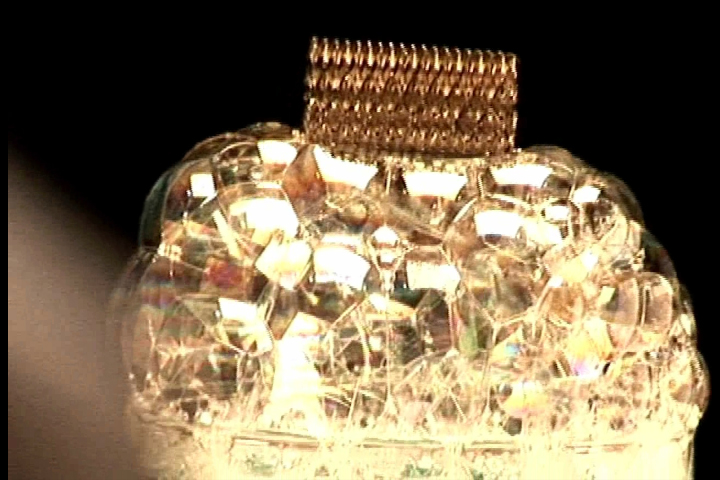Microstructure breakthroughs to dramatically enhance material properties
September 14, 2012

DARPA’s Materials with Controlled Microstructural Architecture program combines engineering principles developed for large structures with emerging fabrication techniques to engineer and control the architecture of a material’s microstructure and develop materials with tailored properties (credit: DARPA)
With its Materials with Controlled Microstructural Architecture (MCMA) program, DARPA seeks breakthroughs or dramatic improvements in strength, weight and other properties of materials.
With current technologies, materials are generally made using bulk processing methods. Bulk processing limits material properties because it provides insufficient control of the morphology, or form, within a material’s microstructure, which allows for flaws in materials.
Novel materials
Control at the microstructure level allows researchers to develop materials with greatly enhanced properties. For instance, as demonstrated in the video below, DARPA was able to construct a material so light that it can rest atop a bubble. MCMA researchers are working toward the goal of developing a material that is as strong as steel, but as light as a plastic. To do so, they are exploring the full range of properties that can be manifested as functions of truss design and weight in a material’s microstructure.
DARPA has also developed lightweight materials that can absorb energy without failing, or breaking. As shown in the following video — previously released in conjunction with a journal article on ultralight metallic microlattices — the nickel microtruss structure can achieve a 40% strain level without collapsing; in fact, it fully recovers its form. DARPA is exploring how much strength and energy absorption can be combined in the same material without damaging it.
The ultimate objective of the MCMA program is to be able to develop materials in the future with properties tailored to meet specific mission requirements.